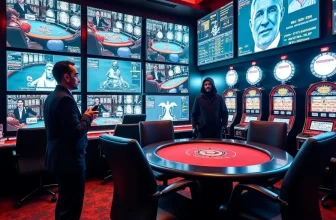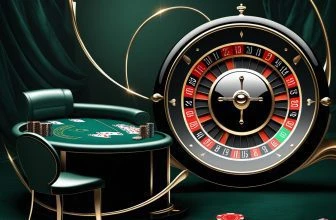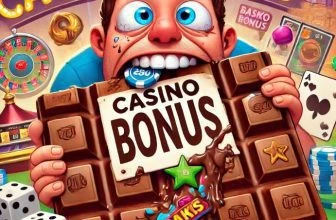Gambling is an integral part of humanity. No political or economic cataclysms can stop the passion of homo sapiens for such entertainment. The USSR existed for more than 70 years. During these years, the gambling industry in the country of the Soviets went from underground casinos and gambling dens to official land-based casinos.
Formation of the gambling industry in the USSR (1917-1960)
As soon as the Bolsheviks came to power, they issued a huge number of decrees. One of the first was a ban on gambling. The country's leaders believed that such entertainment was a relic of the past, since Soviet people should not fall under the influence of bourgeois-capitalist entertainment. All gambling establishments were closed, but many of them continued to operate illegally, in an underground format. At the same time, from 1917 to 1924, several lotteries were organized, but most of them were not even played out.
With the advent of the NEP (New Economic Policy), gambling bans were partially lifted and card and lottery clubs appeared in the country, as well as establishments where you could play roulette. An interesting fact was that gambling for money in such places was prohibited. That is, gambling visitors had fun for fun. By the way, in 1922, the All-Union lottery was successfully implemented. Most of the money received from those wishing to buy tickets was sent to help the starving people of the Volga region. Already in 1928, gambling was banned again by a special decree of the Soviet government. The reasons for this were the curtailment of the NEP and a study that showed that such entertainment had become the most popular among citizens of the USSR, and this, in the opinion of the authorities, was unacceptable. Only state lotteries and partially sports betting remained permitted.
In the 50s, the country really had no time for entertainment, as it was recovering from a difficult war and Stalin's repressions, but at that time permission was granted to organize totalizators (betting on horse races). There were rumors among the people that the unofficial curator of the hippodrome was Budyonny himself, the famous Marshal of the USSR. Until the 70s of the last century, horse racing was the only official gambling entertainment for citizens of the USSR. In the early 60s, an article was added to the Criminal Code that toughened the punishment for organizing gambling and involving Soviet citizens in it.
Underground establishments of the late 60s and 70s
These years can be characterized as the heyday of underground casinos and gambling houses, where card games for money were organized. The city of Sochi became a real center of illegal gambling. Here, cards were played almost everywhere: in cafes, on beaches, in sanatoriums, in apartments rented specially for this purpose. In Moscow, there were also underground gambling houses, but they were visited by very wealthy citizens of the country: the so-called tsekhoviki, directors of factories and plants, officials, and even some representatives of the party elite. It was possible to get here only on recommendation. It was impossible to just go into an underground establishment “off the street”. Interestingly, in many Moscow gambling houses the game was played for special chips, reminiscent of an attribute of a real casino. After the game, they were exchanged for money. The curator of most of the underground establishments was a well-known cheater - Igor Saleev (Gosha India).
70-80s: Sportloto, the first slot machines and casinos
The first draw of the famous lottery was held in the autumn of 1970. A little later, such famous drawings as "Sprint", "Sportprognoz" and others appeared. State lotteries had gigantic turnovers for those times - 500 billion rubles per year! In the early 70s, the first slot machines appeared on Soviet cruise liners. A little later, as an experiment, the first "one-armed bandits" appeared in one of the Estonian hotels. By the early 80s, quite a lot of semi-legal machines were installed in a number of resort cities of the USSR.
In 1989, just before the collapse of the USSR, the first legal casino appeared in Tallinn, Estonia. It was opened in the Intourist Hotel and was called Astoria Palace. Only foreigners could visit it, and bets were made exclusively in convertible currency. That same year, another casino opened in the Savoy Hotel in Moscow. It offered roulette, poker, baccarat, and billiards. A little later, the first ruble casino, Club N, opened on Leninsky Prospekt in the capital. By the end of 1989, many Intourist hotels in cities across the country began to open halls with slot machines. At first, they only played for foreign currency, but a little later it became possible to spin the reels in rubles with a minimum bet of 20 kopecks.





